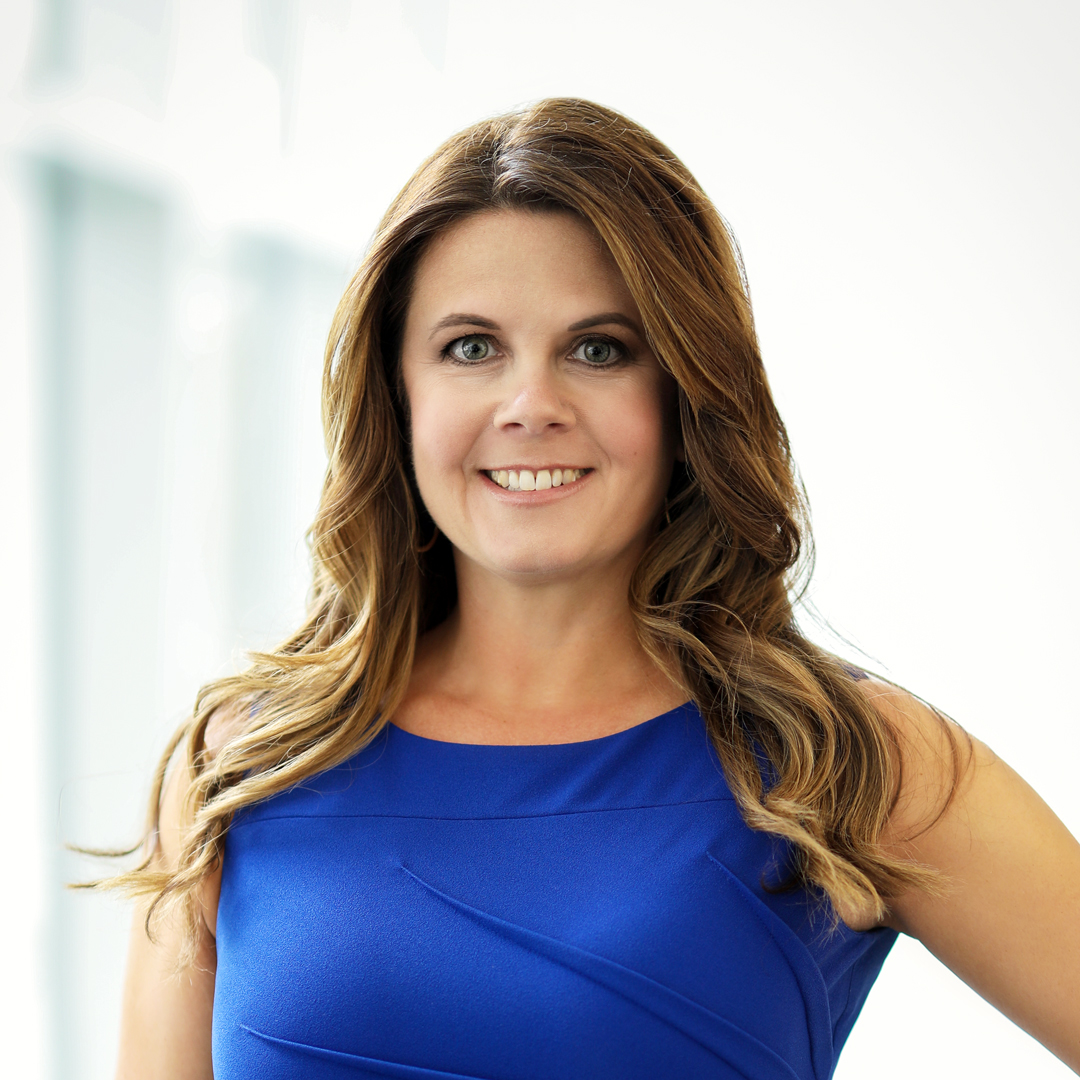The name Luxottica may not ring a bell, but through a series of strategic acquisitions and wise diversification, you’ve almost assuredly encountered their products if you wear a pair of eyeglasses.
Luxottica has grown from a small Milan-founded company to a nearly nine-billion-dollar enterprise that touches multiple avenues of luxury as well as more consumer-friendly brands. Among others, Luxottica owns retailers like Pearle Vision and Sunglasses Hut along with brands Ray-Ban and Oakley. They also own the licensing on designer eyewear like Prada, Chanel, Coach, Versace, Michael Kors, Tory Burch, and more. Their 2017 merger with French lenses manufacturer Essilor made them simply and unequivocally the most important name in eyewear.
But vice president of e-commerce Michele Castagnini says that despite impressive growth, he’s focused on strengthening relationships with Luxottica’s consumers and perfecting the entire purchase experience.
Castagnini’s professional pedigree is similar to that of his employer: most of the names are immediately recognizable. The VP worked for Ferrari, Procter & Gamble, and Bain & Company prior to coming to Luxottica in 2014. “One of the most important things I learned at Proctor & Gamble was a consumer-centric approach,” Castagnini says. “Any product or solution you’re developing should be based on their wants and needs from the beginning to the end of their experience.”
It was a lesson that would wind up informing a great deal of the VP’s efforts in the digital realm at Luxottica.

20/20 Foresight
Since coming to Luxottica, Castagnini says he’s been intent on helping the company provide a unique experience for its customers as a differentiator from its competition. With brands Ray-Ban and Oakley, Luxottica created initially online-only customization options (“Ray-Ban Remix” and “Oakley Custom”) that allow users to create their own custom combination of colors, lenses, and even custom engraving. Along with the two brands’ websites, consumers can access the customization portals through SunglassHut.com.
“This was our answer to the consumer’s increasing desire to be different,” Castagnini says. “This is one of the biggest projects we did in the past few years and one of the most successful.”
The VP says he’s excited that the online-only customization process is also moving into Oakley and Ray-Ban standalone stores. The company is perfecting “an innovative concept that allows eyewear consumers to interact digitally with Luxottica’s entire catalogue of products inside the practice of any optometrist or optician,” according to a Luxottica announcement.
The virtual interface, fully integrated with Luxottica’s digital infrastructure, is tailor-made for each customer as it can be personalized in terms of graphics and logo and linked “intelligently” to the collections in-store. Customers can virtually wear any model of glasses appearing in the catalog in any variant available—even if it’s not in the stores.
The increased focus on the digital experience has made the need for online protection more important than ever. This led Castagnini to enlist Forter, a fraud protection service, and other partners to help ensure a safe and secure online environment.
“Any product or solution you’re developing should be based on their wants and needs from the beginning to the end of their experience.”
A Wider View
Part of Castagnini’s ability to drive success at Luxottica is a result of his diverse experience. “The most important thing for me is having worked in different functions in different business units across different geographies; it allows me to understand a wide variety of perspectives,” he explains. “When I’m designing a service that might be provided online, I’m thinking about our physical stores at the same time, or if we’re talking about a new product or design, I’m thinking about how that might impact our supply chain.”
Castagnini’s variety of roles has provided him with adaptability and a wider “big picture” view of the business. “My diverse experience puts me in other people’s shoes and helps me make sure we don’t get to a point where there is too much of a contrast between different functions,” he says.
Castagnini says his past leadership experiences also help make him effective at leading a global team of thirty. “I try to adapt my leadership style to the person or situation directly in front of me,” Castagnini says. “Every person has their own ideas and thoughts and emotions, and you can’t connect with everyone in the same way.” The VP says it’s incumbent on him to consider what approach is best for each member of the team.
“I generally set some ground rules and let people do what they do best,” he explains. “As long as they are delivering, I like to leave them as free as possible to complete a task in their own way, otherwise I’m at risk of killing creativity and good ideas. Diversity is key.”
The VP says it’s imperative to make sure his team is not only engaged but also always keeping Luxottica customers in mind in whatever job they’re doing. “One of the KPIs we pay most attention to is our net promoter score,” Castagnini says of the indicator marking how likely a customer is to recommend Luxottica. “We want to make sure our customers are satisfied not only during the purchase process but weeks and months and years down the line.”
Founded in 2013, Forter has developed the industry’s most sophisticated fraud prevention platform, enabling global retailers to make real-time approve/decline decisions at the point of transaction, and beyond. Leveraging a combination of sophisticated machine learning technology—bolstered by Forter’s global merchant network—retailers can deliver a seamless online experience as legitimate customers are processed quickly while fraudsters are accurately identified and blocked consistently. Serving retailers in markets including luxury, travel, hospitality, food delivery, and e-commerce, Forter is a key partner for driving top-line revenue—by approving more good customers and reducing declines—while also cutting the costs of fraud.

